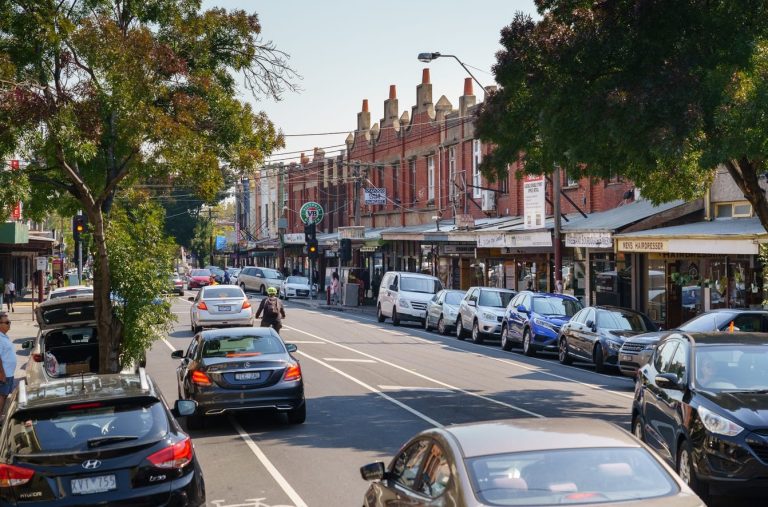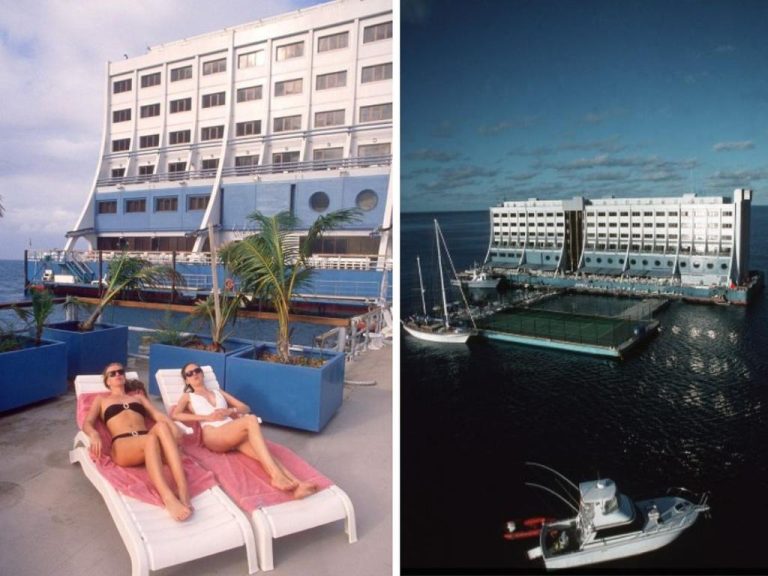A labour of love: Meet the couple who restored a church – and then got married in it

In Ballimore, a small village in NSW’s Central West, the old Uniting Church has been reimagined as a beloved venue for weddings and gatherings, honouring its past while welcoming new celebrations.
When Sally and Angus first stepped into the 1950s chapel, “it was a cool, cracked concrete bunker with one power point and a leaking roof,” Sally laughed. Twelve months later, it was filled with music, roses and loved ones – their own wedding, the first of many to follow.

Before: The former Uniting Church near Dubbo was bought for $130,000. Picture: Supplied
Today, The Ballimore Church has become one of the region’s most romantic venues, proof that even a humble country chapel can be reborn as a working commercial space.
“So many people tell us it’s their dream to own a church,” Sally told realcommercial.com.au. “For us it began as a practical search for a local wedding venue.”
Scrolling online one night, she spotted a disused church for sale in the Dubbo postcode: “It just popped up… with so much potential.”
They missed out initially – and were devastated – but three months later the agent called: the winning party had fallen through.
“It was Angus’s birthday. Best present ever.”

Owners Sally and Angus. Picture: Supplied
They bought in December 2023 for $130,000, classed as a commercial property.
“We set our wedding date for December 2024, which gave us a 12-month window to restore her. Weekends turned into family working bees… and we kept it secret from everyone else.”
The Build
What followed was a year-long sprint. Angus’s dad, a landscaper, “virtually moved in,” while siblings, friends and neighbours pitched in, hand-laying 5,000 bricks and rolling 700 square metres of turf.
“You always know these projects are going to be a lot of work but Angus and I didn’t anticipate just how much… we had all these idealistic time frames… I was literally painting two days before the wedding,” she said.
Budget-wise, reality bit.
“We’d budgeted modestly and ended up investing more in the renovation than we paid for the church – even with low labour costs thanks to lots of family TLC and help… costs just stack up – freight, installation, trenching power – all the unromantic things,” she said.
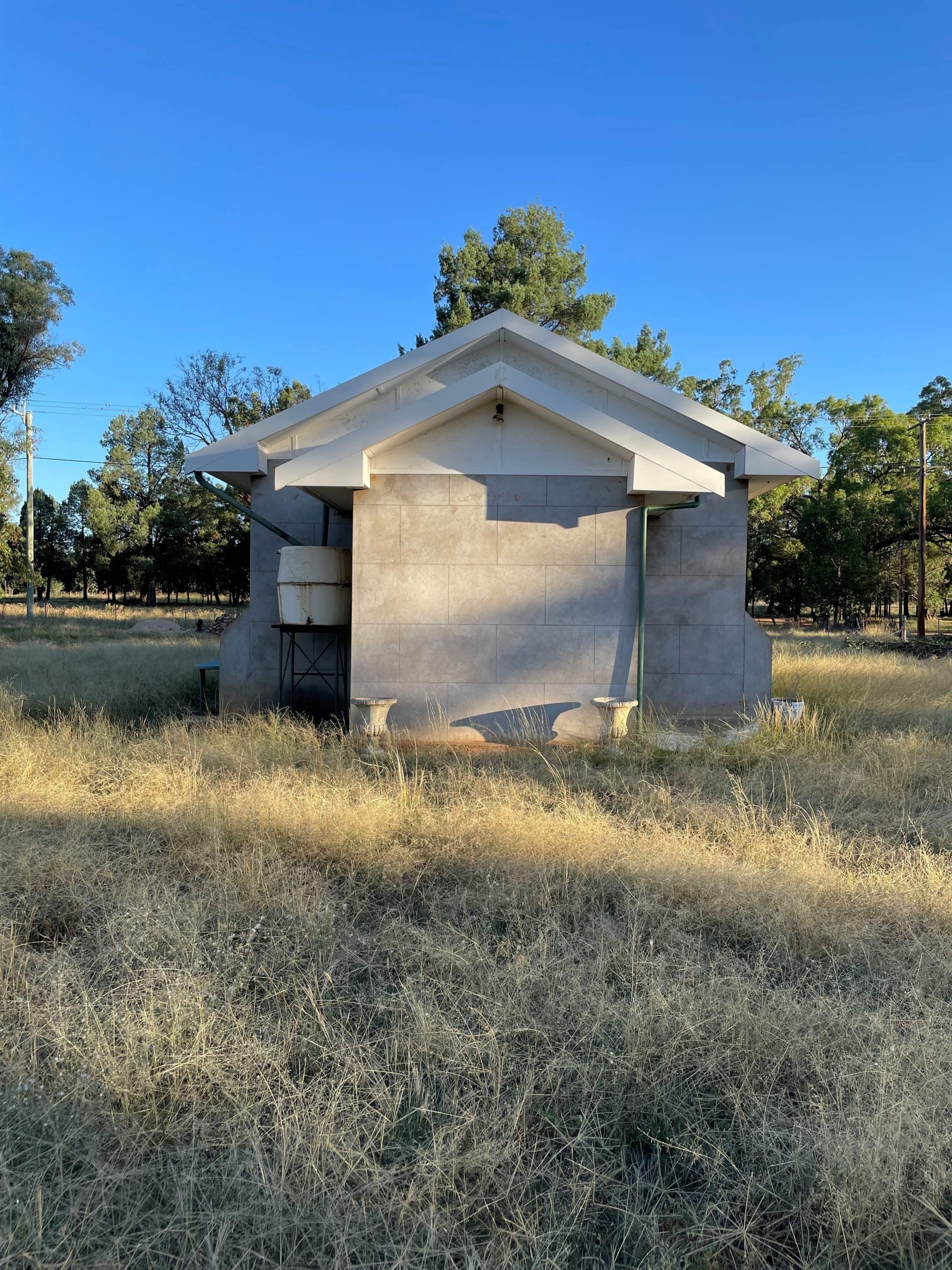
Before: Cold and concrete. Picture: Supplied
A set of beautiful French doors bought at auction for a few thousand became a $20,000 line item after restoration and installation.
“I’m glad I was naïve… they’re now one of my favourite elements.”

After: The ‘bargain’ French doors cost $20K after restoration and installation. Picture: Supplied
The building’s quirks shaped the plan.
“The church itself was basically a bunker; built by the farmers for the farmers. It’s solid concrete – pretty pesky when you want a power point,” she laughed.
There was only one socket inside when they bought it, so adding outdoor power and trenching across the site became an unexpected but essential expense. Moisture was tackled early too.
“We replaced all the guttering and piped stormwater away from the building to stop the pooling of water and mould.”
“We planted about 2,000 plants, including 130 trees,” Sally said – a hardy perennial mix with a cottage feel tweaked for the bush.
“I wanted French chateau at first,” Sally said, “but this is the Central West – reds and golds. We changed our tune: let’s harness the bush, let’s lean into what belongs here.”
The Business
What began as a personal project is now a purposeful local business. The Ballimore Church operates as a dry-hire wedding and events venue across almost 2,000 square metres.
Zoning helped: it’s classified RU5 Village, so permitted uses are broad. And because they didn’t structurally alter the shell, approvals were straightforward: “We painted and refurbished but kept the bones so we avoided deeper compliance triggers.”
“We designed it so you can choose your own adventure,” Sally said.

The restoration cost more than the property, even with family, friends and neighbours pitching in to hand lay 5,000 bricks and 700 sqm of turf. Picture: Supplied
With no fixed kitchen or bar, the setup stays nimble and as a dry-hire venue, insurance has been similarly straightforward. Behind the romance, the practicalities are dialled in: portable power, portaloo hire, and strategic infrastructure support everything from ceremonies to long-table dinners under festoon lights.
Commercial realities remain, the nature of the wedding industry means the investment will take time to bear fruit.
“There’s lead time – because people book weddings so far in advance and want to ‘see’ the restoration before planning their dream day, your first booking might be 12 months away,” she noted.
Still, the value creation is clear. “It’s worth so much more than we paid. It’s unique, and we’ve improved it.”
“People wander in and say, ‘I used to sing Christmas carols here.’ One gentleman even asked to see the floors: “‘I milled these!’”
The Numbers
For the couple, the steepest surprise was securing finance.
“For commercial, the deposit can be 40% and the loan term is roughly half a typical home loan – with higher rates,” Sally said. “We didn’t realise any of that and it was a lot of pressure upfront.”
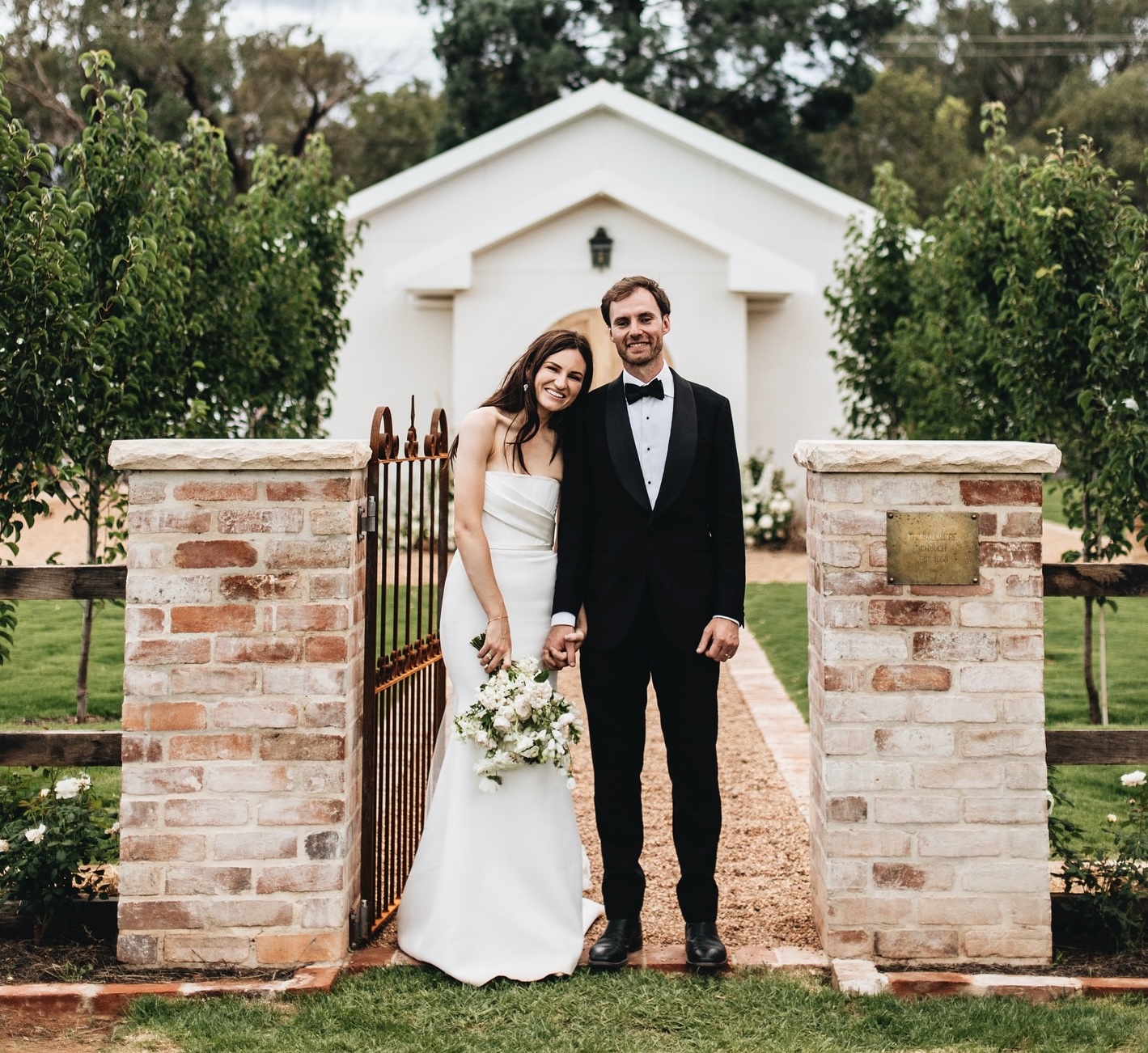
The DIY-renovators got married in their church. Picture: Supplied
Councils, she said, are generally pretty happy when these buildings come back to life – it lifts the town and, as she puts it, “they can charge rates again!”
The Ballimore Church had been closed for nearly a decade, and once deconsecrated, it was reclassified for general use.
“The council sent us a letter saying, ‘you have to pay rates on this now,’” Sally said – about $1,000 a year.
Heritage can swing a project. “In many ways, we were lucky ours wasn’t heritage-listed; that can be limiting in what you can do,” she said. Creative workarounds can include internal mezzanines or separate ancillary structures (STCA) that preserve the exterior fabric.
The Advice
“Dream big but be flexible,” Sally said. “I came to realise there’s beauty in the simplicity.”
Budget beyond the obvious: “You think of windows and marble… not the light switch for the bar that somehow costs another $10,000,” she laughed.
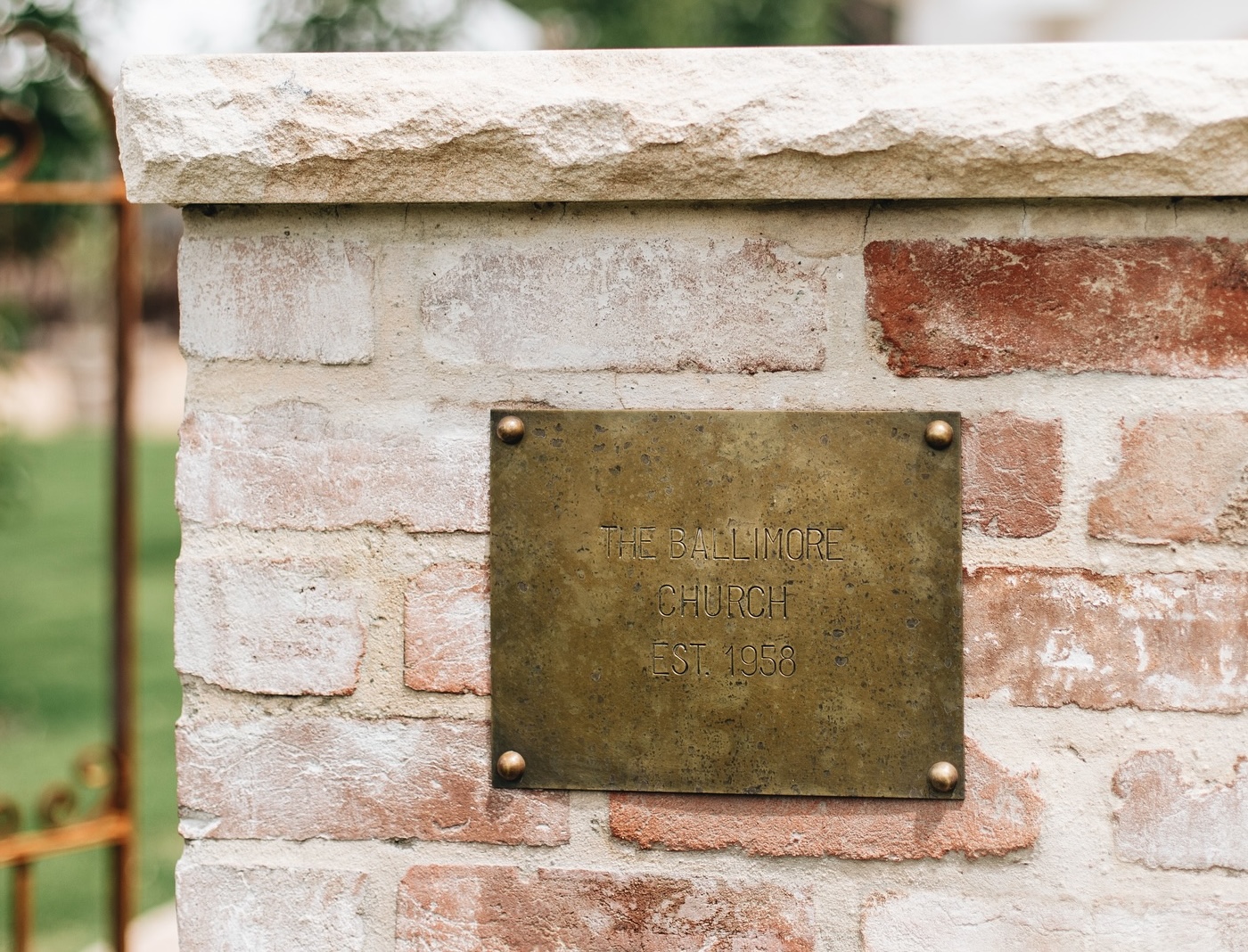
The restored church can now be hired as a wedding venue. Picture: Supplied
Finally, tune to place. “When we stopped chasing a European look and embraced the here and now – that’s when it felt right.”
Church projects on the market
Across Australia, deconsecrated churches continue to capture buyers’ imaginations. Here are three with serious commercial potential:
Kempton, Tasmania
Located in the heart of town, the 1886 former Kempton Presbyterian Church at 88 Main Street commands street presence through its Victorian Carpenter Gothic ecclesiastical architecture.
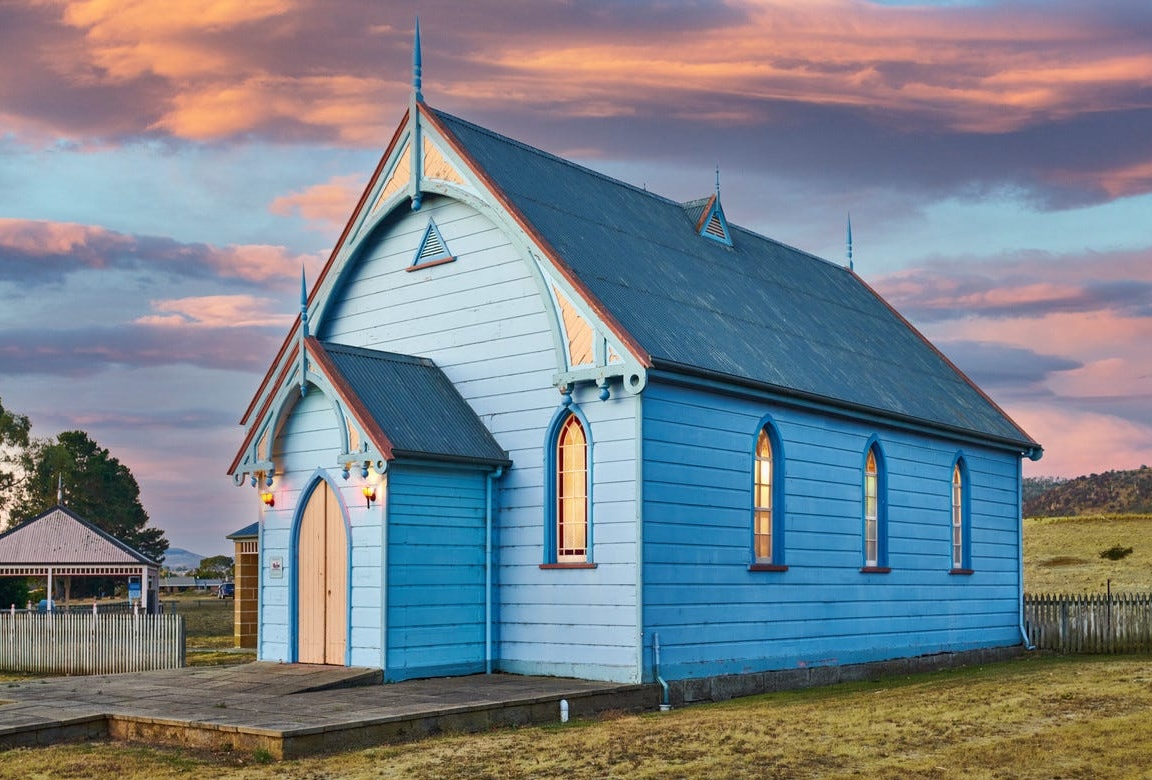
The 1886 former Kempton Presbyterian Church is listed for sale. Picture: realestate.com.au
With its village zoning and an existing precedent for church conversions in the suburb, buyers have the chance to create a residential or commercial space just 45 minutes from the Hobart CBD.
Gretna, Tasmania
The former Church of St Mary the Virgin at 31 Church Rd, Gretna is a renovator’s dream with thick stone walls and timber furnishings that were handmade by wood carver, Ellen Nora Payne. There are stained glass windows with cusped heads and either arched or rectangular carved label mouldings above, plus exposed timber rafters and braced collar ties in the roof structure.

Listed for sale with offers over $250,000. Picture: realestate.com.au
But there’s a catch – the heritage property comes with an active cemetery. The buyer would oversee any new burials and the property’s 400 graves.
St Arnaud, Victoria
Partially refurbished, the 1874-built Victorian Early English Gothic styled church with exposed dichromatic brick was the first Catholic church in St Arnaud.

Priced at $440,000, 14 Queens Avenue has already had lot of work done with a kitchen, two bedrooms, shower, separate toilet and laundry. The property has been refurbished from the foundations up, with extensive work to install a damp course.

